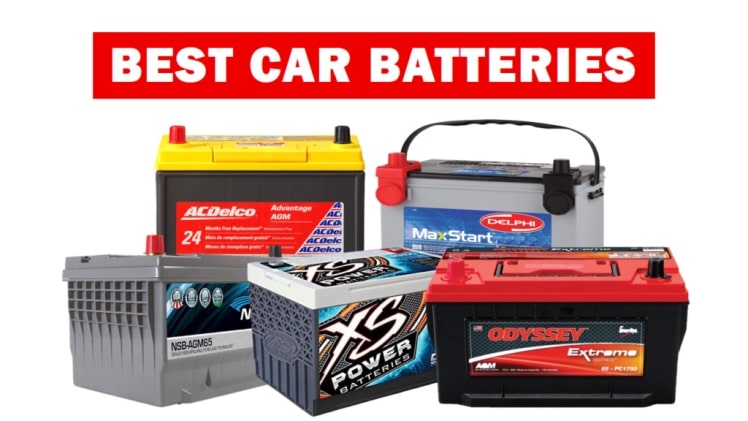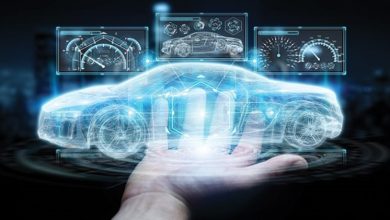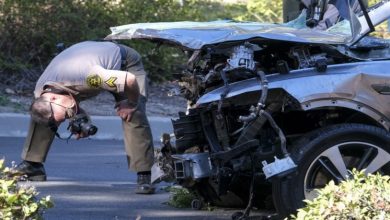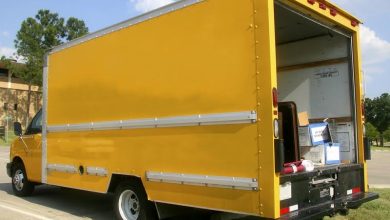Types Of Car Batteries – How To Choose The Right Battery

The car battery is not only a source of energy, but also a source of many myths. Moreover, some of them were generated by the battery manufacturers themselves for advertising purposes – as a result, it is difficult for car owners to understand the abundance of conflicting information. Let’s try to put it on the shelves, how batteries differ and what to look for when choosing them.
Battery Device: EFB, AGM, GEL
Although all rechargeable batteries look similar, they hide completely different technologies inside. And before choosing a battery, you need to figure out which one suits your car better.
The battery type is indicated by three letters: EFB, AGM and GEL. They can be found not only on the battery case, but also on chargers , because each type requires its own charging method.
According to the internal structure, automotive batteries can be divided into two large groups: batteries with liquid electrolyte (WET / SLI and reinforced EFB) and the so-called sealed VRLA batteries (these include AGM and GEL batteries). Now let’s figure out what is hidden behind all these abbreviations.
Plz visit here for information about Beef
EFB: Reinforced Wet Batteries
Enhanced Flooded Battery (EFB) is an enhanced liquid electrolyte battery. Compared to a conventional WET battery, the EFB has thicker plates, and each of them is sealed in a special fiber envelope. This protects the battery from sulfation and shedding of the active substance during frequent discharge-charge cycles.
EFB batteries are designed for use in harsh conditions – primarily on cars with a start-stop system, where the engine is turned off at every stop, and all on-board electrics continue to work from the battery. The EFB battery will also cope with the power supply of powerful on-board consumers better than the “classics”, minimizing voltage drops. And most importantly, such a battery will last longer, because deep discharges are not so destructive for it.
AGM: Absorbed Electrolyte Batteries
If the EFB battery is an improved “old man” WET, then AGM technology (Absorbent Glass Mat, “absorbent fiberglass mat”) is a completely different story. The electrolyte here is not liquid, but absorbed, absorbed by fiberglass laid between the plates. Such a battery can be installed in any position, subjected to strong vibration, regularly and deeply discharged – and it will work stably.
AGM batteries belong to the VRLA class: Valve-Regulated Lead-Acid Battery, “valve-regulated lead-acid battery.” They are distinguished by the tightness of the case (no fumes, all gases remain inside) and the presence of an emergency pressure relief valve in case of strong overcharging.
Due to the dense packing of the plates, an AGM Battery delivers 30% more starting current than a wet battery of the same size. And the indicators of reliability and resistance to deep discharges here are even better than those of the EFB. This is the ideal solution for hybrids and start-stop vehicles, as well as for vehicles with powerful consumers in the on-board network. True, an AGM battery costs twice as much as a regular one.
GEL: Gel Batteries
Gel batteries (Gel Cell or simply GEL) are also representatives of the sealed VRLA class, like AGM batteries. They use a solid electrolyte, a solidified mixture of acid and silica gel.
It makes no sense to dwell on GEL technology in detail, since starter gel car batteries are almost never found. Such batteries are used as traction batteries in industry and on various special equipment, and as starter batteries – only on motorcycles and scooters.
Batteries that motorists are accustomed to calling gel batteries are actually AGM batteries, including spiral type batteries with characteristic round cans. There is no particular difference between batteries with “flat” and “spiral” plates, they are just different form factors.





